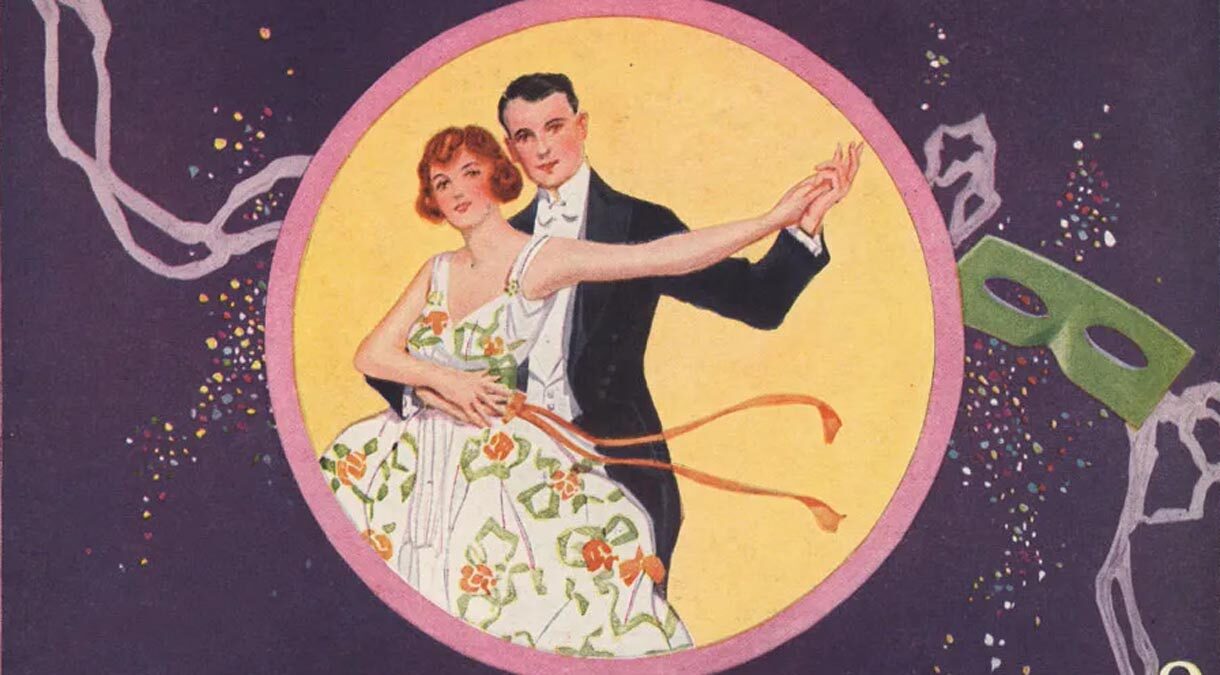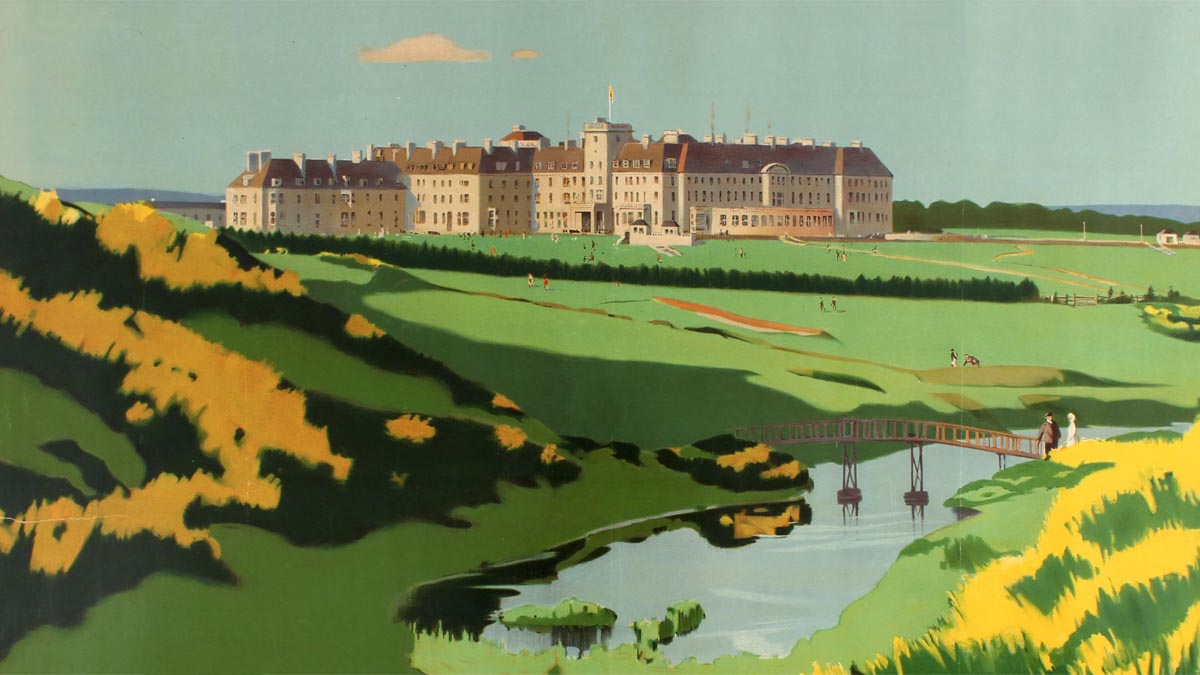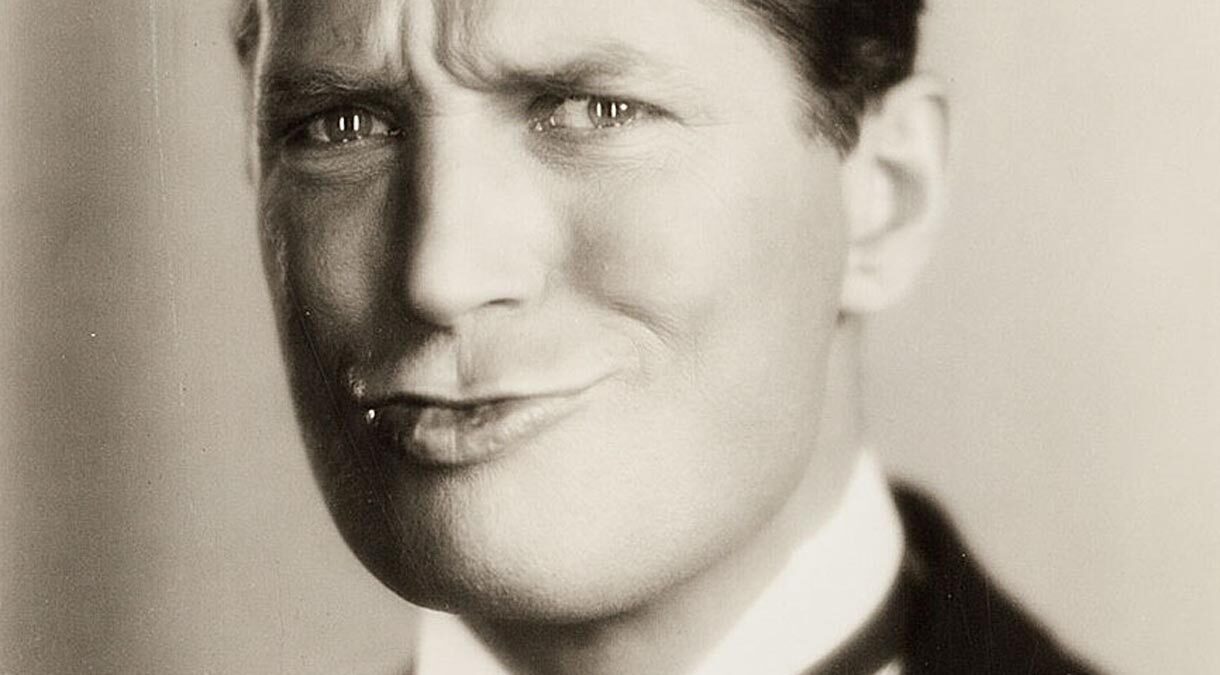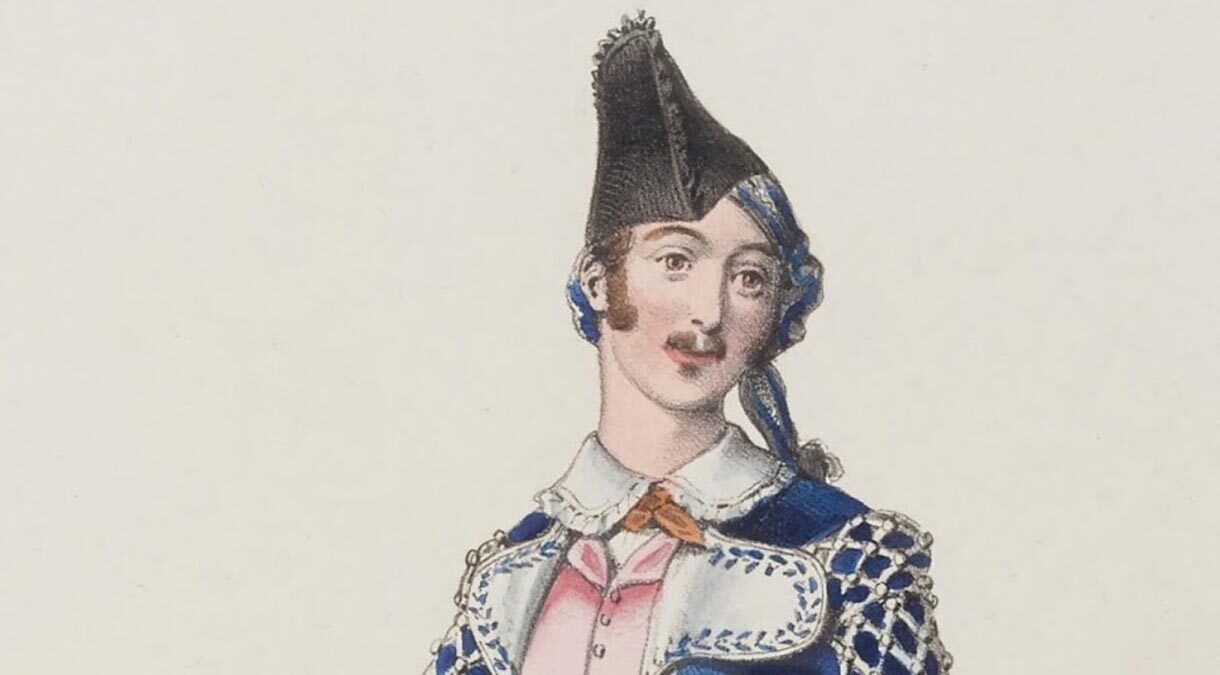“How’s Your Uncle?” Lyrics by Dorothy Fields, music by Jimmy McHugh; composed for Shoot the Works (1931). Recorded in the Kingsway Hall, London c. October 23, 1931 by the Orpheus Dance Band under the musical direction of John Firman with vocalist Maurice Elwin. Zonophone 5987.
Personnel: John Firman dir. Max Goldberg-t / cl-as / cl-as-bar / cl-ts / ?Bert Read-p-cel / pac / Joe Brannelly-bj-g / Billy Bell-bb / Rudy Starita-vib-x / Maurice Elwin-v / Charles Saxby-or
“How’s Your Uncle?” is a song deriving from the 1931 American revue Shoot the Works! (a slang expression referring to placing all of one’s money on a single bet). The show had been arranged as a way of providing temporary work for actors unemployed due to the Great Depression. The illustrious contributors to the revue (including “How’s Your Uncle?” songwriters Dorothy Fields and Jimmy McHugh) did not charge royalties for their work; instead, as much money as possible went to the cast.
Now, a revue involves singing, dancing, and sketch comedy, and the individual acts are held together by minimal, flimsy, or even no unifying narrative; the audience, including the reviewers, would not have expected much of a plot. In spite of those low expectations, apparently Shoot the Works! still lacked something important. New Yorker reviewer S. Finney wrote that it “had been put together with string,” and in spite of constant rewriting, it closed after only nine weeks. 1
Fortunately, the failure of a revue does not vitiate its constituent parts, and “How’s Your Uncle?” saw great success with recording artists. The song’s lyrics consist of the sort of small talk (e.g. “How’s your uncle? How’s your auntie?”) that might lead up to a more important question (“And incidentally, baby, how are you?”). The questions about the more pedestrian aspects of life always precede the theme of love:
How's the cooking And the washing And the plumbing coming along? Is the coffee That you're making Just as strong as your love for me?
The sing-song tune is catchy and perfectly suited to up-beat dance band arrangements.
The arrangement used by the Zonophone house orchestra, the Orpheus Dance Band, is particularly delightful, especially considering the interplay between the band and the organ played by Charles W. Saxby. There is also a wonderful sense of space in this recording. The echo that can be heard in Zonophone recordings made in Kingsway Hall is the polar opposite of the acoustically dead studios used by Decca in its otherwise excellent early recordings.
Maurice Elwin had been the Zonophone bands’ main vocalist since late 1927, so we should not be surprised to find him singing the refrain in “How’s Your Uncle?” He does seem perfectly suited for this song about the pedestrian sort of banter that people bury their real feelings in. Elwin’s approach to interpreting lyrics is famously understated, so to the extent that the song is a joke, Elwin could be said to be delivering it deadpan. He does alter his tone slightly when alluding to his love for the song’s addressee (and while asking after “the brother [he] could smother”), but for the most part he sounds like any one of us does when beating around the bush. The vocal refrain is subtly comical and contributes to the success of the whole recording.
Some American versions of “How’s Your Uncle” that were recorded while Shoot the Works! was still on stage were those of the Jesse Stafford Orchestra (v. Paul Small), the Troubadours (directed by Nat Shilkret, with vocalist Chick Bullock), and Fred “Sugar” Hall and His Sugar Babies (v. Arthur Fields).
Other British dance bands who recorded “How’s Your Uncle” in 1931 were Nat Star and His Dance Orchestra (v. Cavan O’Connor), Jerry Hoey and His Band (v. Les Allen and unknown person), Ambrose and His Orchestra (v. Sam Browne), the Filmophone House Band (v. Sam Browne), and Bidgood’s Good Boys (v. Tom Barratt).
Notes:
- Dan Dietz, The Complete Book of 1930s Broadway Musicals, Washington, DC: Rowman & Littlefield, 2018, 138-140. ↩










